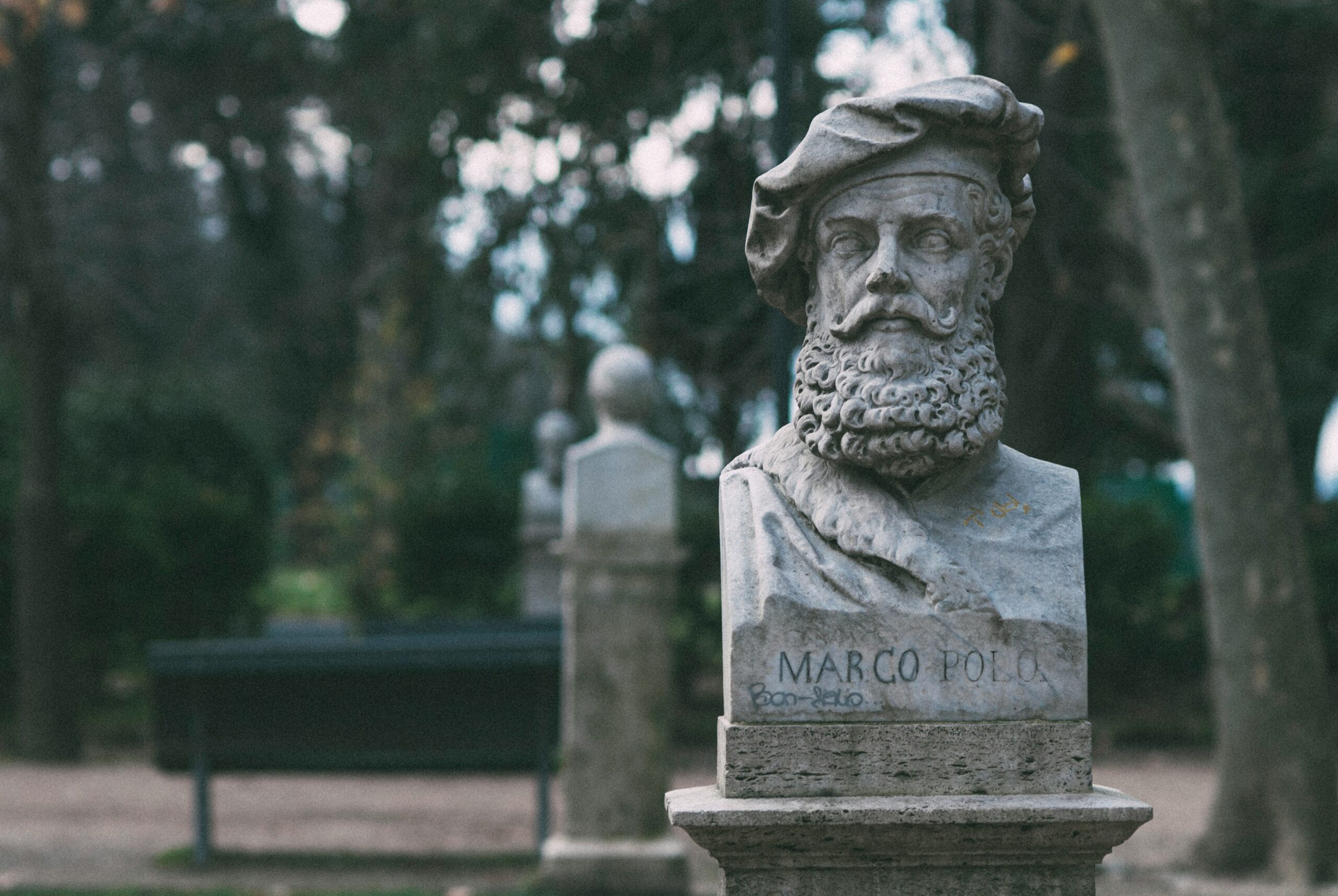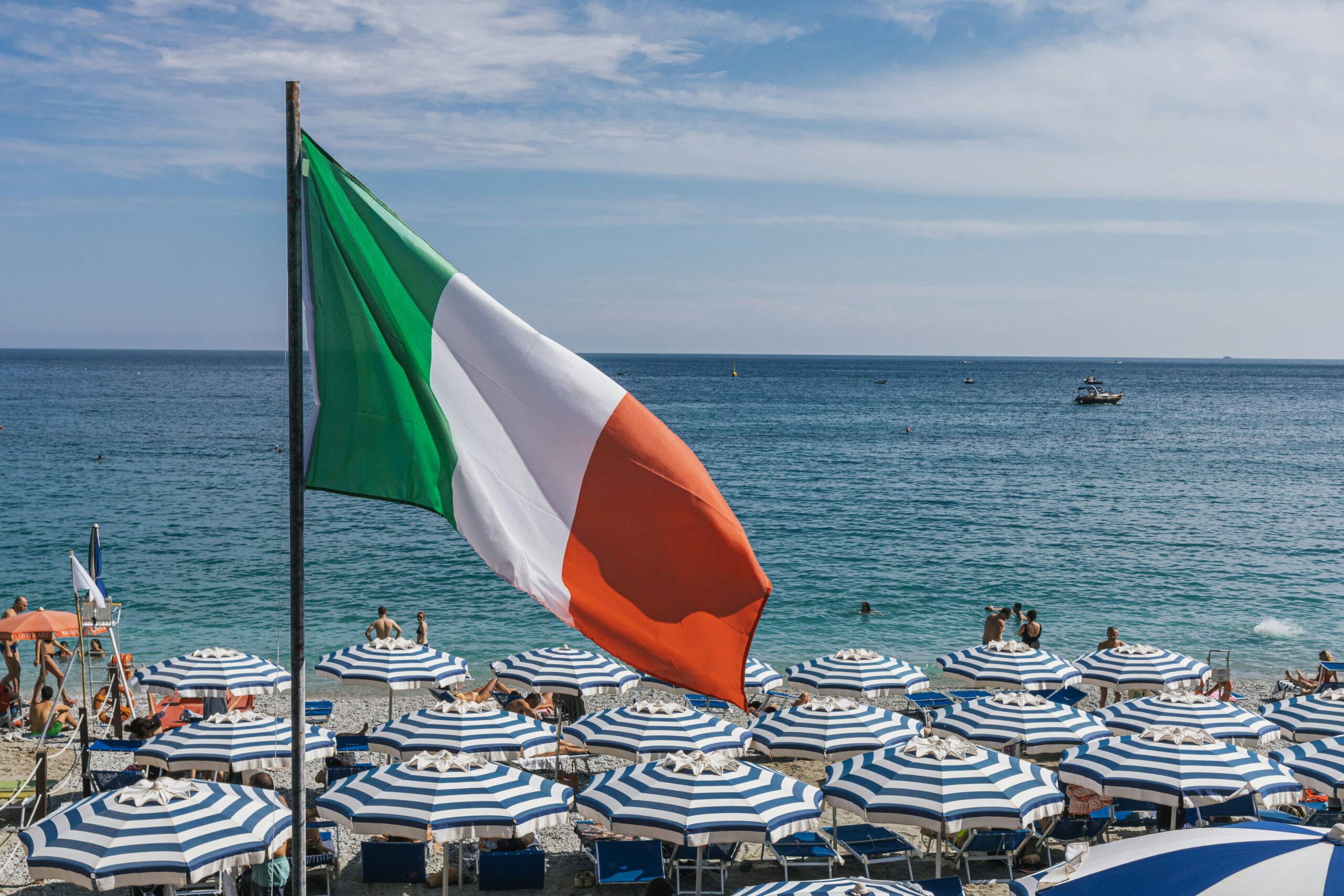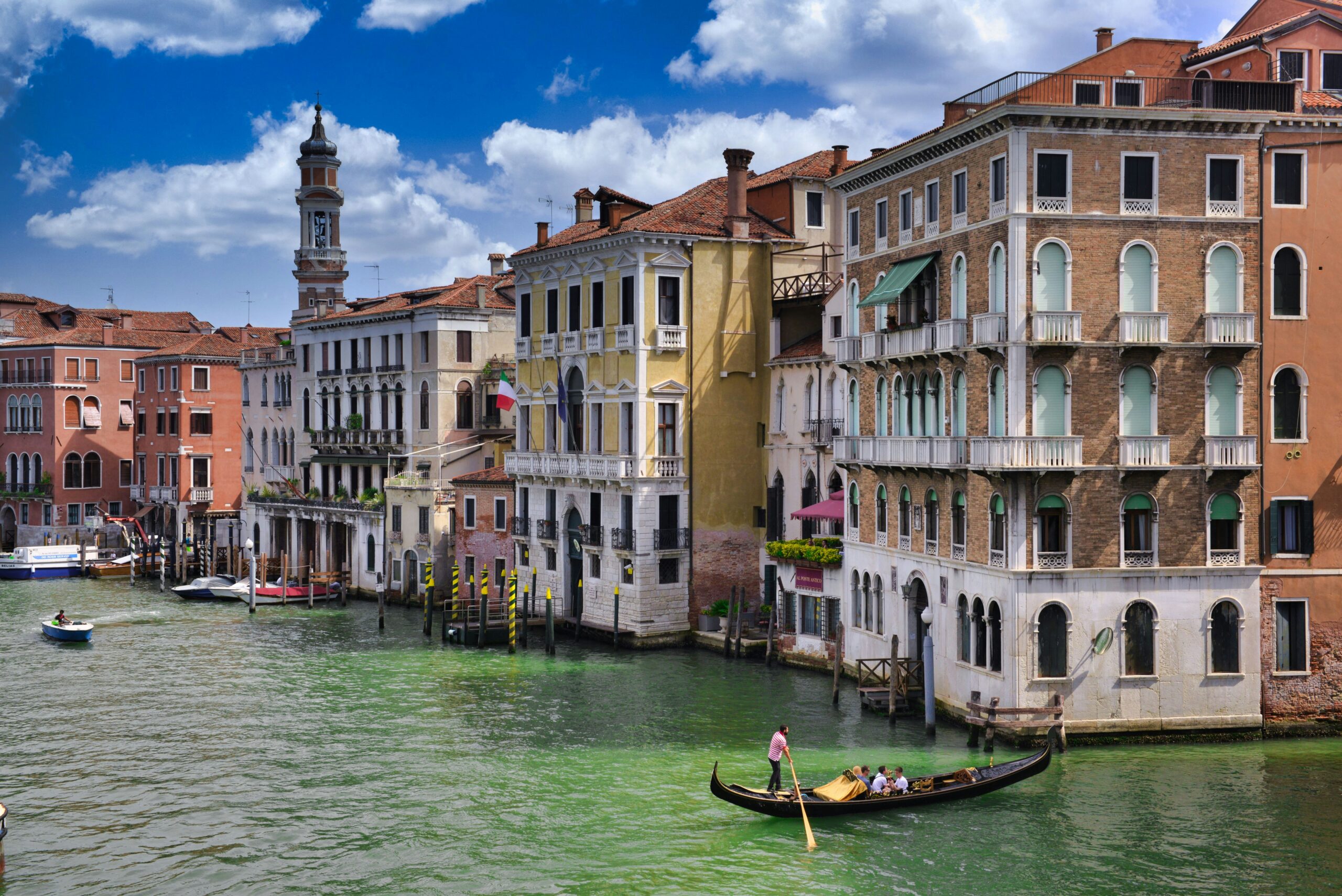The Most Famous Italian Artists | A Journey Through Italy’s Artistic Legacy
The Most Famous Italian Artists | A Journey Through Italy’s Artistic Legacy
Italy has long been regarded as the birthplace of artistic brilliance. From the Renaissance masters to contemporary innovators, Italian artists have shaped the world of painting, sculpture, and architecture. Whether you’re a tourist eager to explore Italy’s artistic heritage, a history buff fascinated by timeless masterpieces, or a general reader curious about Italy’s influence on global art, this guide will take you through the most famous Italian artists who have left an indelible mark on the world.
- Leonardo da Vinci – The Genius of the Renaissance
When discussing Italian art, one name immediately comes to mind: Leonardo da Vinci (1452-1519). He was not just a painter but also a scientist, engineer, and inventor. His most famous works include:
- Mona Lisa (Louvre, Paris) – Arguably the most famous painting in the world.
- The Last Supper (Milan, Italy) – A masterpiece depicting Jesus’ final meal with his disciples.
- Vitruvian Man – A detailed study of human proportions, showcasing Leonardo’s blend of art and science.
- Michelangelo – The Master of Sculpture and Frescoes
Michelangelo Buonarroti (1475-1564) was one of the greatest sculptors and painters of all time. His work defined the High Renaissance and continues to captivate audiences. His most famous works include:
- David (Galleria dell’Accademia, Florence) – A stunning marble sculpture representing the biblical hero.
- The Sistine Chapel Ceiling (Vatican City) – A breathtaking fresco illustrating the Book of Genesis.
- Pietà (St. Peter’s Basilica, Vatican) – A moving sculpture of Mary holding the body of Jesus.
- Raphael – The Prince of Painters
Raphael Sanzio (1483-1520) was a Renaissance artist known for his harmonious and balanced compositions. His art is admired for its grace and clarity. Notable works include:
- The School of Athens (Vatican Museums) – A fresco depicting philosophers like Plato and Aristotle.
- Sistine Madonna (Dresden, Germany) – Famous for its angelic cherubs.
- Transfiguration (Vatican Museums) – A masterpiece blending human drama and divine presence.
- Caravaggio – The Pioneer of Dramatic Light and Shadow
Michelangelo Merisi da Caravaggio (1571-1610) revolutionized painting with his use of chiaroscuro (light and shadow). His realistic depictions of human figures brought art to life in a bold new way. His famous works include:
- The Calling of St. Matthew (San Luigi dei Francesi, Rome) – A stunning use of light to tell a biblical story.
- Judith Beheading Holofernes – A dramatic, intense scene of biblical justice.
- Bacchus (Uffizi Gallery, Florence) – A playful yet realistic portrayal of the Roman god of wine.
- Sandro Botticelli – The Poet of the Renaissance
Sandro Botticelli (1445-1510) is best known for his ethereal, dreamlike paintings that celebrate mythology and beauty. His masterpieces include:
- The Birth of Venus (Uffizi Gallery, Florence) – A stunning depiction of the goddess Venus emerging from the sea.
- Primavera – A celebration of spring filled with mythological figures.
- Adoration of the Magi – A religious scene filled with intricate details and expressive figures.
- Titian – The Master of Color and Portraiture
Tiziano Vecelli (1488-1576), known as Titian, was a Venetian painter famous for his rich use of color and expressive portraits. His notable works include:
- Assumption of the Virgin (Venice) – A massive, dramatic painting in St. Mary’s Basilica.
- Venus of Urbino (Uffizi Gallery) – A sensual yet refined portrayal of Venus.
- Self-Portrait – One of the earliest self-portraits by a master artist.
- Amedeo Modigliani – The Modernist Icon
Amedeo Modigliani (1884-1920) is famous for his elongated portraits and nudes that blend modernism with Italian artistry. His most famous paintings include:
- Portrait of Jeanne Hébuterne – A touching depiction of his muse.
- Nude Sitting on a Divan – A strikingly modern and controversial painting.
- Self-Portrait – An introspective work showing his unique artistic style.
- Giorgio de Chirico – The Surrealist Visionary
Giorgio de Chirico (1888-1978) was a pioneer of Metaphysical Art, influencing the Surrealist movement. His dreamlike, eerie urban landscapes feature empty squares, long shadows, and classical architecture. Notable works include:
- The Nostalgia of the Infinite – A haunting, surreal cityscape.
- The Disquieting Muses – A cryptic, philosophical painting.
- The Mystery and Melancholy of a Street – A chilling, enigmatic composition.
Why Italy’s Artists Are Legendary
Italy’s artistic legacy spans centuries, influencing not only painting and sculpture but also architecture, film, and fashion. From the genius of Leonardo da Vinci to the dramatic intensity of Caravaggio, each artist has left a lasting impact on global culture.
If you’re planning a trip to Italy, don’t miss the chance to see these masterpieces in person. Cities like Florence, Rome, Milan, and Venice are home to some of the greatest art museums and galleries in the world.
Final Thoughts
Italian art is not just about history—it’s about emotion, storytelling, and innovation. Whether you admire the divine beauty of Botticelli, the raw realism of Caravaggio, or the surreal landscapes of de Chirico, Italy’s artists continue to inspire the world.
So, next time you visit Italy, step into its art-filled museums, walk through its historic streets, and immerse yourself in the timeless beauty of Italian masterpieces.




